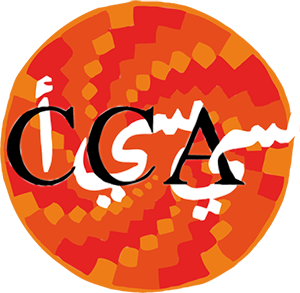About this lecture
In May of 2000, the New York Times published a cry of alarm for the Roman city of Zeugma, in southeast Anatolia, Turkey. It was soon to be submerged by the waters of the Euphrates, because a new dam was being built downstream. The New York Times appeal was taken to heart by David Packard of the Packard Humanities Institute (PHI) of California, who immediately organized an action plan based on a “targeted” archaeological investigation and on conservation in situ.
Under extreme climatic conditions, the conservators worked on site for six months before the Euphrates waters, reaching their maximum level, defined the new panorama of Zeugma, which is now a national archaeological park. 4000 finds and 160 m2 of surfaces were removed from the site, 8700 m2 of archeological structures were reburied using 10,500 m3 of sand, pebbles and stones. The program also included the restoration of almost 850 m2 of figurate polychrome mosaics which represent today one of the most extraordinary mosaics collections on display.
Speaker(s): Roberto Nardi
Date: November 1st, 2010
Location(s): Brown University, Providence, United States
Organizing Institution(s): Archaeological Institute of America / Samuel Kress Foundation / Narragansett Historical Society / Brown University
